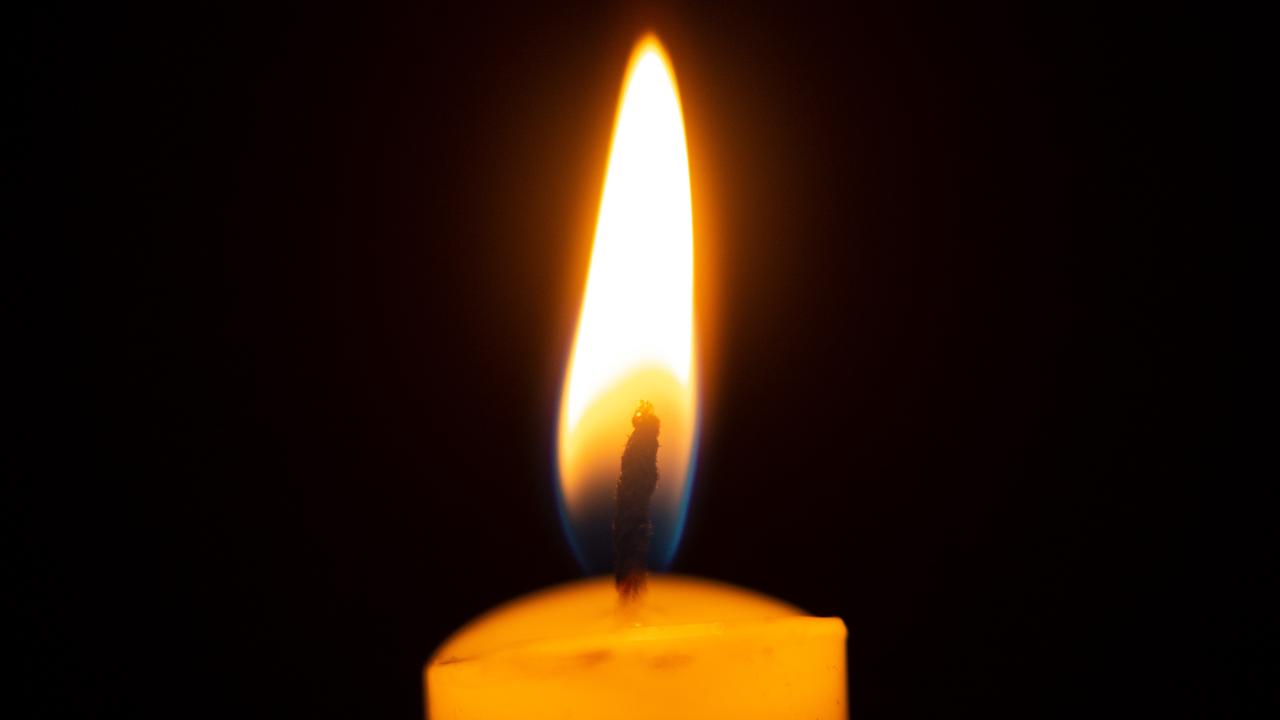Anzac centenary: Network of ‘lost’ trenches rediscovered at Gallipoli
ONE of the biggest archeological projects ever undertaken has begun in Gallipoli and has already uncovered some of the lost secrets of the Anzacs.

ANZAC Centenary
Don't miss out on the headlines from ANZAC Centenary. Followed categories will be added to My News.
A COMPLEX network of “lost” trenches that 100 years ago robbed a generation of young Australians has been rediscovered in a project set to redefine the Anzac legend.
The fighting on that hellish peninsula in 1915 is known well enough, but a tri-nation team is about to complete the mapping of 14km of trenches that had been blown up, overgrown or eroded for the past 99 years.
It has become one of the biggest battlefield archaeological projects ever undertaken anywhere in the world and with the more than 1000 items of historical significance found, documents crucial elements of the Gallipoli conflict that had been forgot.
It’s the backstory if you like, an active archaeological survey that complements the war diaries and oral history on life in the trenches that surprisingly no-one has ever undertaken since the end of the war.
“Erosion has meant we have lost part of the story and what we are doing before it disappears completely is add colour and texture to the story,” retired Royal Australian Navy Rear Admiral and project head Simon Harrington said.

“It is the backstory and I think the whole tunnelling trench warfare side of it is not well known in Australia for sure, so it adds another dimension and it is a forgot dimension. We think of trench warfare on the Western Front (France) not Gallipoli and it is better preserved than nearly all the places in France.”
That was because the peninsula had effectively been a mass burial site of more than 100,000 men.
The whole area had been allowed to return to its natural state and was never arable land like on the Western Front.
Armed just with machetes, old maps and a GPS, the team of archaeologists from Australia, New Zealand and Turkey has for a month every year for five years crucially unearthed and remapped the early days of the war.
This included the very first trench stormed in those early hours of April 1915.
Such has been the comprehensive nature of their rediscovering the battlefield trench network they even found Roman artefacts including ceramic jug necks and other pottery from the Roman conquest 2400 years earlier about Australia’s revered Lone Pine battleground.

According to historian Dr Richard Reid, some of the trench finds reveal while Australians had to survive on tins of goods, the Turks had fresh food being prepared in a series of ovens and stone walled trench kitchens.
He said Diggers had created an extensive network of tunnels and firing lines to shoot the enemy from buried ridges and complex zigzag defence tunnels designed to confuse them.
He said the iconic battles of the Nek and Lone Pine were known but 90 per cent of a Diggers time was spent digging tunnels.
When a diary recorded a soldier listening from a tunnel for the Turks also digging a tunnel, the project team found the exact spot where that listening post had been, where the communication line once was and also where other significant positions were.
These included five-tiered firing positions, the first frontline to the war and outposts from where pushes up the cliffs and ridges were launched.

Some trenches were only 60cm deep and under heavy growth where once they would have been up to three metres deep.
Anzac and Turk trenches in some areas were also found to be no more than two to three metres apart.
The project team was able to pinpoint areas where history recorded bomb duels with opposing forces tossing bombs at each at close range and in some cases catching them with wire nets to throw back.
There are almost 200km of trenches and tunnels on the peninsula battlefield that measured only six-kilometres-square.
Among items found without excavation and still on the surface of the trenches has been clothing items like boots and buttons, bayonet and digging tools, old food tins a large amount of bullets and shell cartridges.

Melbourne University Archeologist Tony Sagona said all finds are recorded and plotted to go into a giant database as a future resource.
“The finds point to the location of a particular fierce fight or ammunition storage areas, barbed wire areas of no man’s land, machine gun pits and where food was stored,” he said.
“I am surprised by the number of artefacts we are finding considering the area and terrain after 100 years.
The project started in 2010 but really began years earlier after a road put in on the peninsula disturbed human remains and significant landmarks and negotiations began between the Australian and Turkish authorities to comprehensively map and record the area.

Originally published as Anzac centenary: Network of ‘lost’ trenches rediscovered at Gallipoli


